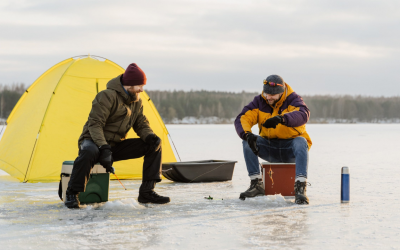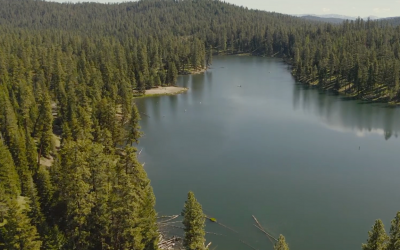What’s your favorite animal? It’s hard to pick just one right? There are millions of different animal species on Earth, and thousands of breeds have been domesticated from those species. When it comes to the vast variety of animal species on our planet and our relationships with them, we cannot expect one person to learn all there is to know about caring for each and every one of them. That’s why there are multiple careers and pathways that specialize in helping different types of animals, all working together to help the animals that live on this planet.
The most well-known animal care provider is the veterinarian, but even this term is very ambiguous. While the term veterinarian informs that this is a person who is trained in caring for animals, there are many types of veterinarians, just like there are many types of animals! One thing most veterinarians have in common is that they only work with domesticated animals. Some common subgroups of veterinarians are: companion animal vets (primarily treat cats and dogs), exotic animal vets (primarily treat reptiles and amphibians) and livestock or large animal vets (primarily treat horses, cows, pigs, etc.).
So you might be wondering, if veterinarians only treat domesticated animals, then who takes care of injured or sick wildlife? Well, that would be the wildlife rehabilitators! Wildlife rehabilitators tend to be passionate volunteers, but they are professionally licensed in rehabilitation. They have the skills to nurse wildlife back to health, but they are not licensed to perform surgeries of any kind of wildlife, that’s where teamwork with veterinarians comes in. Many states actually require new wildlife rehabilitators to provide a letter of support from a veterinarian stating they will provide surgical help when needed in order to receive their certification.
Veterinarians are allowed to perform necessary surgeries on wild species, but they aren’t allowed to nurture the wildlife post-surgery. For example, a veterinarian might perform surgery on the broken leg of an injured bird, but once the surgery is done, the wildlife rehabilitators are responsible for feeding and caring for the bird until it is ready to be released back into the wild. If veterinarians want to participate in this rehabilitating work with wildlife, they would have to receive the same training and certification to work as rehabilitators.
Even with these certain certifications, there are different types of wildlife rehabilitators that specialize in helping different species of wildlife. Some wildlife rehabilitators specialize in prey species, such as rabbits, birds, squirrels and more, while others may specialize in predatory birds like hawks, eagles and owls. There are also specialists who work with larger animals such as deer, beavers and foxes. Wildlife hospitals work together to ensure animals that are brought to them by caring civilians find their way to the proper specialists.
Overall, the biggest difference between veterinarians and wildlife rehabilitators is the type of animals they have certification to treat. While they may not be working with the same species of animals, their love and respect for animals makes the world a better place.
Curious and want to know more about wildlife rehabilitation? Check out our Into the Outdoors episode “Into Wildlife Rehabilitation: First Responders” to join Zach and Sophie as they learn what they can do to help injured wildlife!



